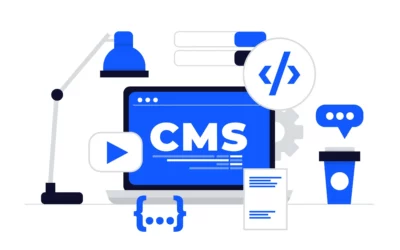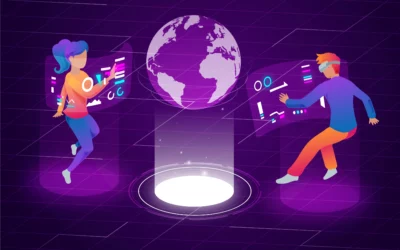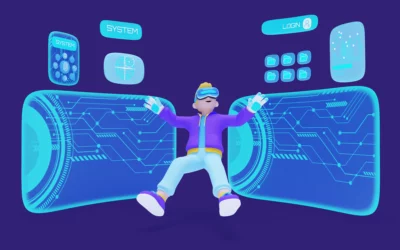Introduction:
In today’s fast-paced technological landscape, automation plays a significant role in various industries, including software testing. With the rise of sophisticated chatbots powered by artificial intelligence, a question arises: Can chatbots replace manual testers? In this blog, we’ll delve into the pros and cons of using chatbots for testing and explore their potential impact on manual testers.
The Role of Manual Testers:
Before we explore the capabilities of chatbots in testing, let’s understand the role of manual testers. Manual testers possess domain knowledge, critical thinking skills, and the ability to identify and report issues effectively. They perform exploratory testing, validate user experience, and uncover unique scenarios that automated scripts might miss. Additionally, manual testers provide a human touch, considering the end-user perspective, emotions, and context.
The Advantages of Chatbots in Testing:
Before we explore the capabilities of chatbots in testing, let’s understand the role of manual testers. Manual testers possess domain knowledge, critical thinking skills, and the ability to identify and report issues effectively. They perform exploratory testing, validate user experience, and uncover unique scenarios that automated scripts might miss. Additionally, manual testers provide a human touch, considering the end-user perspective, emotions, and context.
- Efficiency and Speed:
Chatbots can execute repetitive and time-consuming tasks more quickly than humans. They can rapidly run test scripts, simulate user interactions, and generate comprehensive test reports.
- Cost-effectiveness:
Compared to human testers, chatbots can significantly reduce testing costs over the long term. Once developed, chatbots can perform tests 24/7, eliminating the need for round-the-clock human resources.
- Scalability:
Chatbots can effortlessly handle multiple test scenarios simultaneously, making them ideal for testing large-scale applications or systems.
- Accuracy and Consistency:
Chatbots follow predefined test scripts meticulously, reducing the chances of human error and ensuring consistent test results.
Limitations of Chatbots:
- Lack of Human Judgment: Chatbots lack the intuition and creativity of human testers. They might struggle with complex scenarios that require human reasoning and adaptability.
- Limited Context Awareness: Chatbots primarily rely on programmed instructions and might not understand the context of certain testing scenarios or interpret them accurately.
- User Experience Validation: While chatbots can perform functional tests, they might struggle to assess the overall user experience and emotional responses that human testers excel at capturing.
- Maintenance and Adaptability: Chatbots require continuous maintenance and updates as software changes. Complex applications may require significant efforts to keep chatbots up to date.
The Ideal Balance: Humans and Chatbots Collaborating:
Rather than viewing chatbots as replacements, it is more practical to consider them as complementary tools to augment manual testing efforts. A combination of chatbots and manual testers can yield the best results. Manual testers can focus on critical thinking, exploratory testing, and user experience validation, while chatbots handle repetitive and time-consuming tasks, providing quick feedback on functional aspects.
Conclusion:
While chatbots have made significant advancements in the realm of software testing, replacing manual testers entirely is still a distant possibility. Manual testers bring crucial human judgment, intuition, and adaptability to the testing process, which chatbots currently lack. A collaborative approach, leveraging the strengths of both chatbots and manual testers, can result in more efficient and effective testing practices, leading to higher-quality software and improved user experiences.





